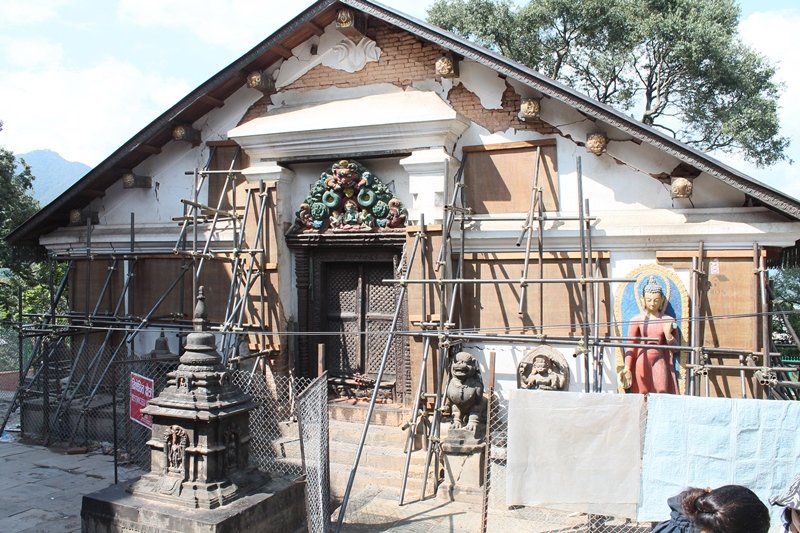World Heritage
World Heritage in Danger

The Virunga National Park in the Democratic Republic of the Congo, the Ancient City of Aleppo in the Syrian Arab Republic and the Historic Centre of Vienna in Austria. Armed conflicts, climate change, natural disasters and large construction projects threaten a large number of World Heritage sites around the globe. The deliberate destruction of cultural heritage has been part of terrorists' strategy to attack societies for years.
In order to protect endangered sites, UNESCO seeks to work towards solutions through diplomatic means and transnational cooperation. It trains local experts, ensures that the protection of cultural heritage is taken into account in peacekeeping missions, implements reconstruction measures with local populations and fights the illicit trafficking of cultural objects and the exploitation of natural sites.
One of UNESCO's normative tools to protect World Heritage sites is the List of World Heritage in Danger. As defined in Articles 1 and 2 of the World Heritage Convention, properties can be inscribed on the List of World Heritage in Danger if their Outstanding Universal Value, or at least one of the criteria for which the property has been originally inscribed, is particularly endangered. It allows the World Heritage Committee to grant financial assistance from the World Heritage Fund and encourages both the affected state party and the international community to take further action.
Through long-term analyses based on a coherent body of data from the World Heritage sites across all regions of the world, in 2018 the World Heritage Committee published a list of 14 factors representing the primary threats to World Heritage sites today:
- Buildings and development
- Transportation infrastructure
- Utilities or service infrastructure
- Pollution
- Biological resource use/modification
- Physical resource extraction
- Local conditions affecting physical fabric
- Social/cultural uses of heritage
- Other human factors (illegal activities, war, etc.)
- Climate change and severe weather events
- Sudden ecological or geological events
- Invasive/alien species or hyper-abundant species
- Management and institutional factors
- Other factors
The successful rehabilitation of several World Heritage sites demonstrate the importance of the list as a normative tool of the convention. The removal of the Belize Barrier Reef Reserve System from the List of World Heritage in Danger, decided by the World Heritage Committee during its 42nd session in Bahrain in 2018, can be seen as one such example. After the reserve was inscribed on the World Heritage List in 1996 as the largest barrier reef in the northern hemisphere, it was increasingly threatened due to the severe destruction of mangroves and marine ecosystems by a range of development projects, eventually leading to site's inscription on the List of World Heritage in Danger in 2009. Since then, the state party has implemented safeguarding measures to strengthen the forestry regulations and made a particular effort towards the legal enactment of a moratorium on oil exploration.
In order to strengthen preventive measures for the protection of World Heritage sites which are under threat, UNESCO collaborated with its advisory bodies to publish a Resource Manual on Managing Disaster Risks. This particularly addresses the managers and management authorities of cultural and natural World Heritage sites and introduces the main principles of Disaster Risk Management (DRM), giving practical and methodological recommendations for identifying, assessing and mitigating disaster risks.
In addition, ICCROM has recently published the handbook and toolkit for “First Aid to Cultural Heritage in Times of Crisis”, created for the various actors involved in an emergency. This publication provides a practical method for protecting endangered cultural heritage, both tangible and intangible. It helps to plan and implement coordinated cultural rescue and risk reduction operations that involve local communities, heritage custodians, emergency responders and humanitarians.

